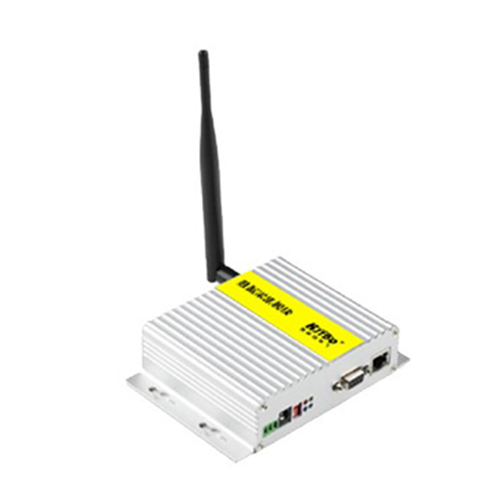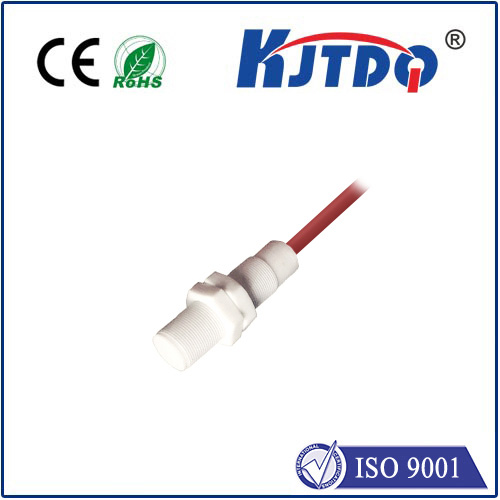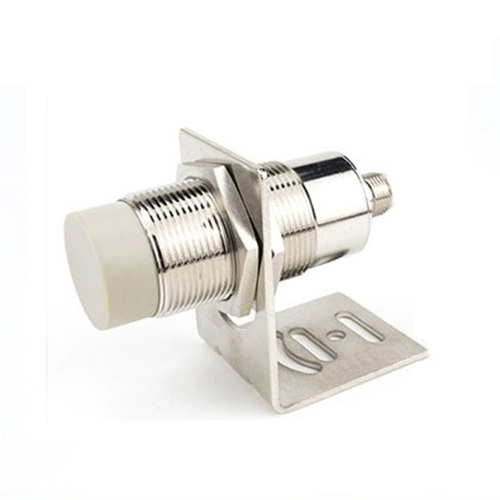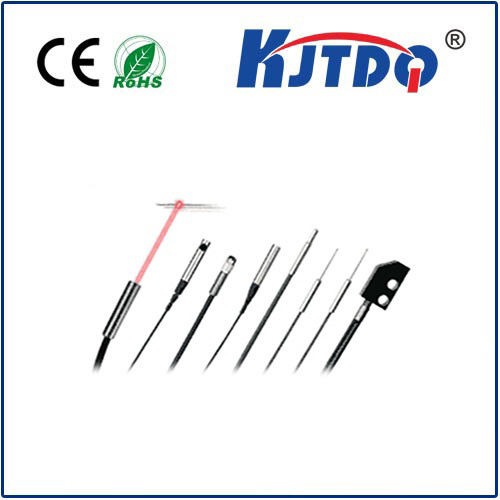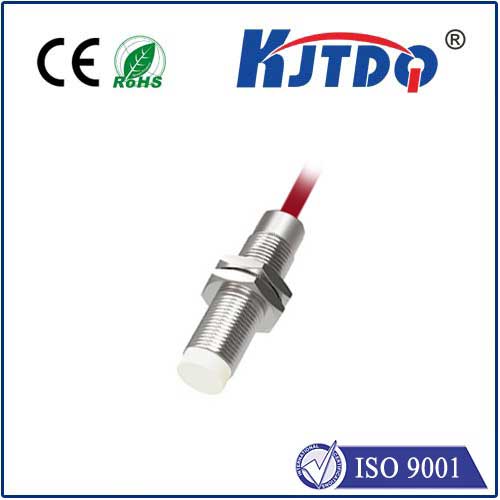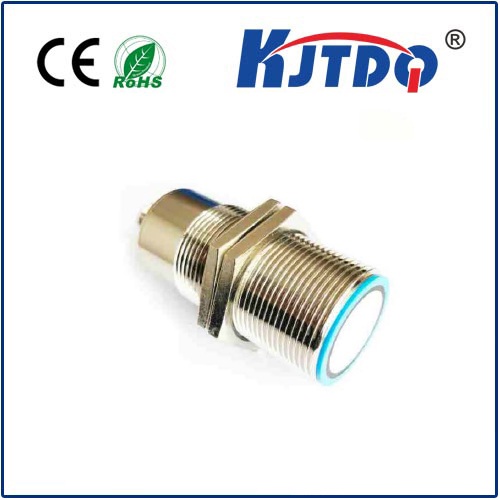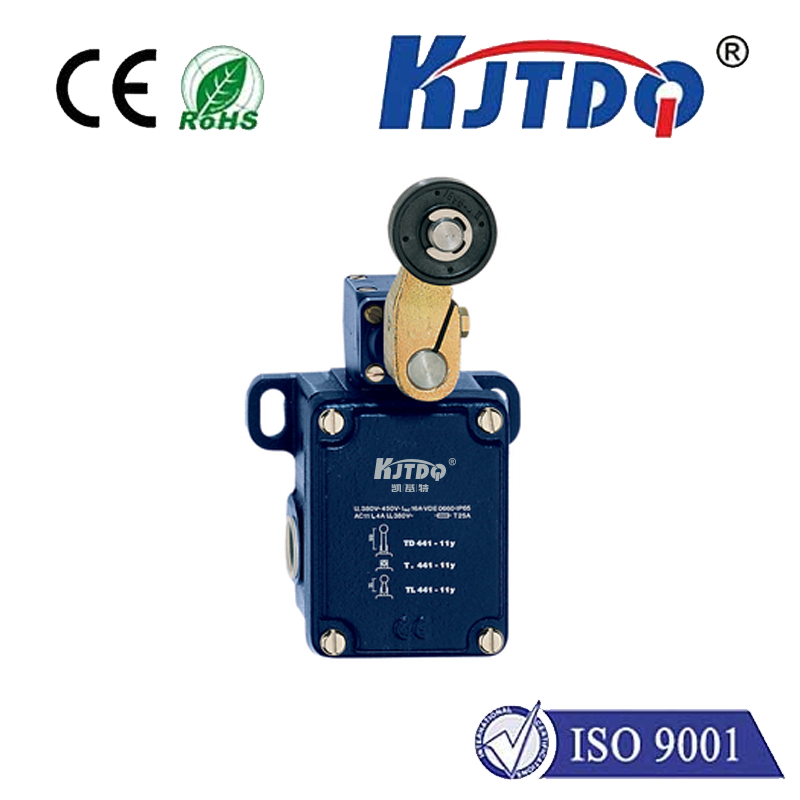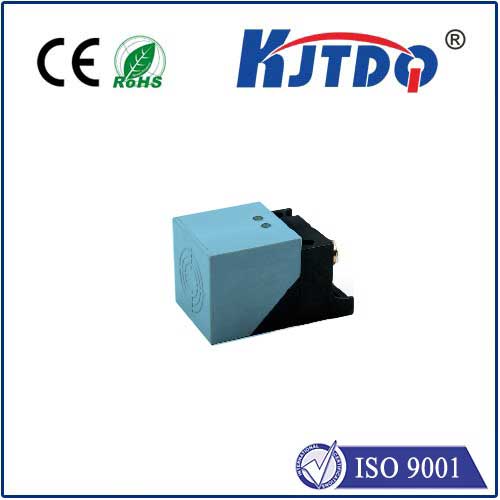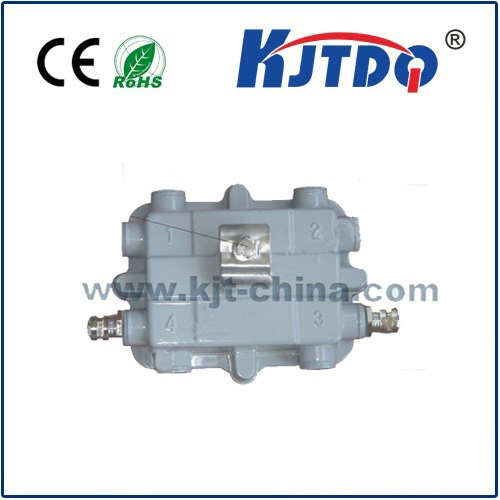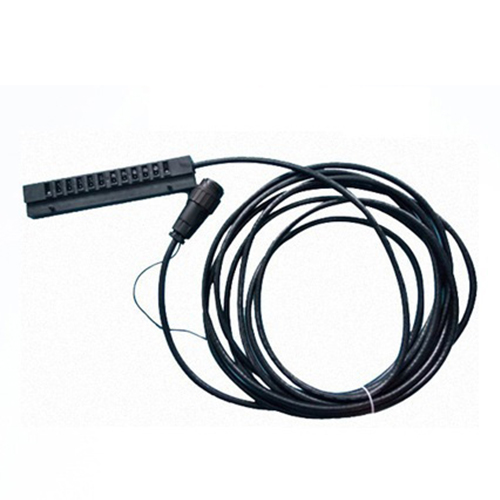Imagine a world where machines anticipate your every move, enhancing safety and efficiency with silent precision—that’s the magic of proximity sensors. Among these, the 40mm square proximity sensor stands out as a game-changer in modern automation. Its compact, robust design and reliable performance make it indispensable across industries, from manufacturing lines to consumer electronics. But what exactly makes this specific sensor so extraordinary? Here, we’ll dive into its features, applications, and why it’s becoming a preferred choice for engineers and designers worldwide. By understanding its core attributes, you can unlock smarter, more responsive systems in your operations.
Proximity sensors detect nearby objects without physical contact, using technologies like inductive, capacitive, or optical methods. They operate by emitting fields—such as electromagnetic waves—and sensing changes when an object enters their range. This non-contact detection eliminates wear and tear, ensuring long-lasting reliability. For instance, in a factory setting, these sensors prevent machinery collisions by signaling the presence of approaching components. The evolution to square designs marks a significant shift; unlike circular sensors, the square shape allows for easier integration into tight spaces and modular systems. This geometric advantage maximizes mounting flexibility, reducing setup time and costs. Now, add the standardized 40mm dimension, and you have a sensor that balances compactness with high sensitivity—ideal for applications demanding both precision and space efficiency.

The shift to a square form factor in proximity sensors didn’t happen overnight. It stems from practical demands in real-world environments. Square sensors, with their flat edges and uniform sides, align seamlessly with modern industrial layouts, such as robotic arms or conveyor belts. They fit snugly in enclosures, minimizing protrusions and reducing potential snags. This contrasts sharply with older cylindrical models, which often required custom brackets and posed installation headaches. Now, the 40mm size brings another layer of innovation. At this dimension, the sensor offers an optimal detection range—typically up to 40mm—without sacrificing responsiveness. It’s large enough to handle robust targets, like metal parts or machinery components, yet compact enough for delicate applications, such as packaging lines where space is limited. For example, in automotive assembly, a 40mm square proximity ensures precise detection of vehicle panels, avoiding false triggers that could halt production. This combination of form and function doesn’t just save space; it enhances energy efficiency by operating at lower power levels compared to bulkier alternatives.
From heavy industries to everyday gadgets, the 40mm square proximity sensor excels in diverse scenarios. In manufacturing, it powers automated quality control systems—think of it sensing defects on assembly lines while adhering to strict hygiene standards. One standout area is elevator safety, where the sensor detects door openings in real-time, preventing accidents by stopping movement when passengers approach. But its influence extends further. In smart homes, these sensors are integrated into touchless faucets or lighting systems, responding to hand movements for enhanced convenience and hygiene. Industrial automation relies heavily on their durability; they withstand harsh conditions like dust and moisture, thanks to IP-rated enclosures. For instance, in food processing plants, the 40mm variant monitors conveyor flows without contamination risks. Beyond that, consumer electronics benefit from their low-profile design—imagine smartphones or tablets using them for screen activation during calls. The cost-effectiveness of this size also drives adoption; with standardized production, units are affordable and scalable, making them accessible to startups upgrading automation setups.
Choosing a 40mm square proximity sensor isn’t just about fitting into spaces—it’s about amplifying performance. High accuracy tops the list, as the square configuration minimizes external interference, ensuring consistent readings even in crowded environments. This translates to fewer errors and downtime, particularly in critical systems like medical devices or security scanners. Additionally, the robust construction often includes stainless steel housings, extending durability under vibration and temperature extremes. Energy efficiency is another perk; with low power consumption, these sensors reduce operational costs sustainably. For businesses, this means faster ROI through reduced maintenance and upgrades. Moreover, their versatility supports various sensing modes, from inductive types for metal detection to capacitive ones for non-metallic objects. This adaptability makes them a go-to in emerging fields like IoT devices, where seamless connectivity is key. When considering parameters like response time—often under 1ms for the 40mm model—it’s clear how they boost productivity in high-speed processes.
To maximize the advantages of a 40mm square proximity sensor, a few best practices come into play. First, ensure proper alignment during installation; since the square shape allows flush mounting, even in awkward angles, it prevents misalignments that could disrupt detection. Selecting the right sensing technology is also crucial—inductive sensors excel in metallic applications, while capacitive ones handle liquids or plastics better. Environmental factors matter too; always check IP ratings for protection against water or dust. For example, in outdoor settings, IP67-rated variants survive rain and debris. Calibration is straightforward; start with the recommended sensing range, usually adjustable within the 40mm limit, and test with target materials to fine-tune sensitivity. Cost and sourcing should be weighed—look for reputable suppliers offering certifications like CE or RoHS to guarantee safety and longevity. Lastly, integrating these sensors into networks (via PLCs or controllers) amplifies their value, enabling data-driven monitoring that predicts failures before they occur.
In essence, the 40mm square proximity sensor represents a leap in detection technology, blending innovative design with real-world utility. Its role in elevating efficiency across sectors continues to grow, driven by evolving demands for smarter, safer automation. As industries advance, this sensor remains a cornerstone of progress—crafting cutting-edge solutions with every silent detection.
